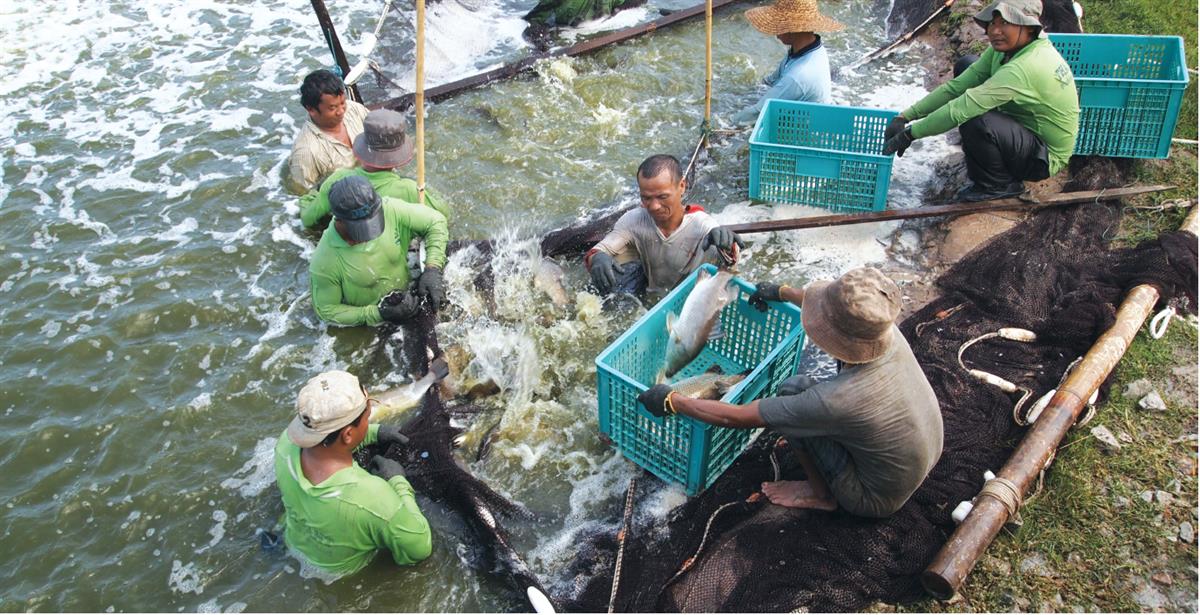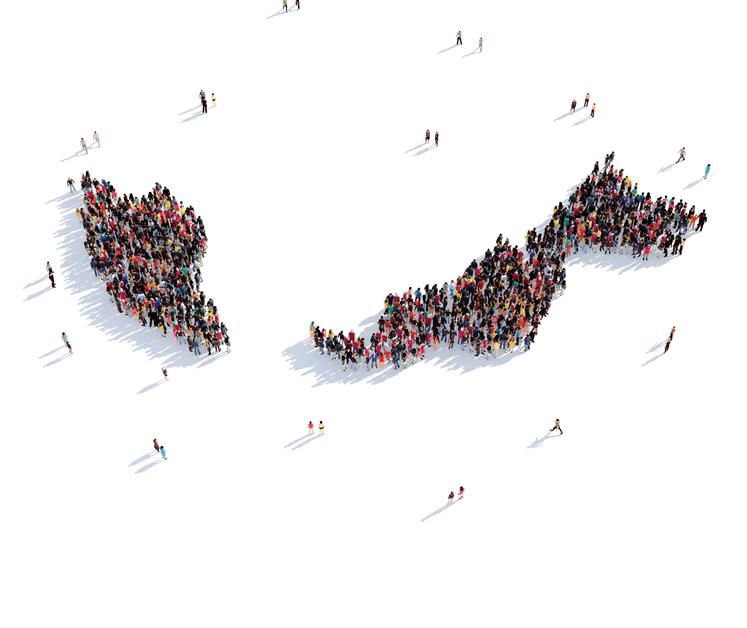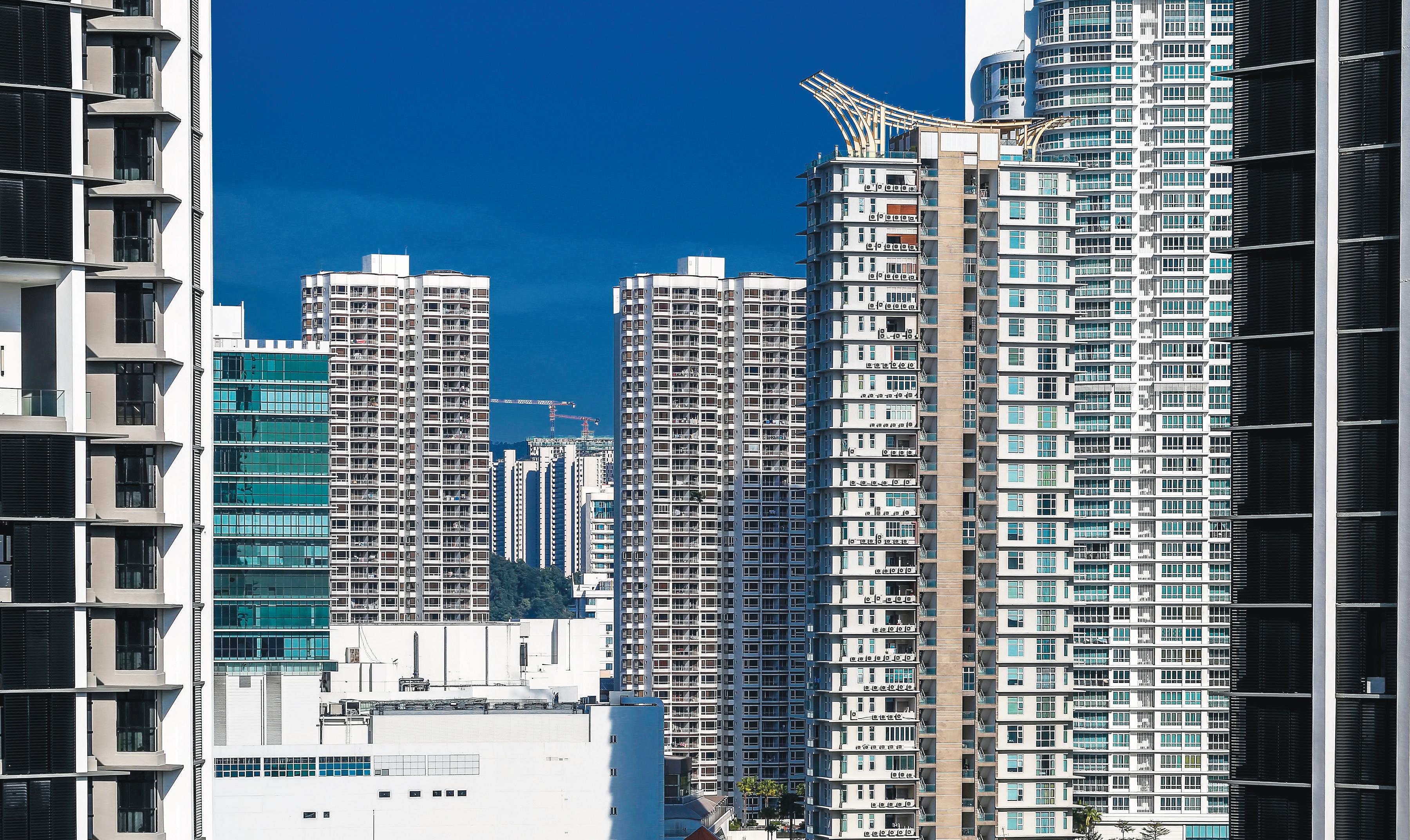
Baiting a Billion-Ringgit Aquaculture Industry
8 min read
Asia’s fisheries sector has been thriving since 1980, and the main source of growth has been aquaculture. Since the 1990s, the aquaculture sector has been...










